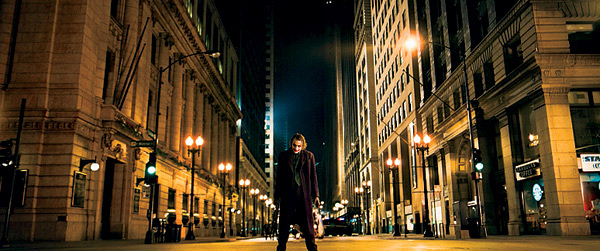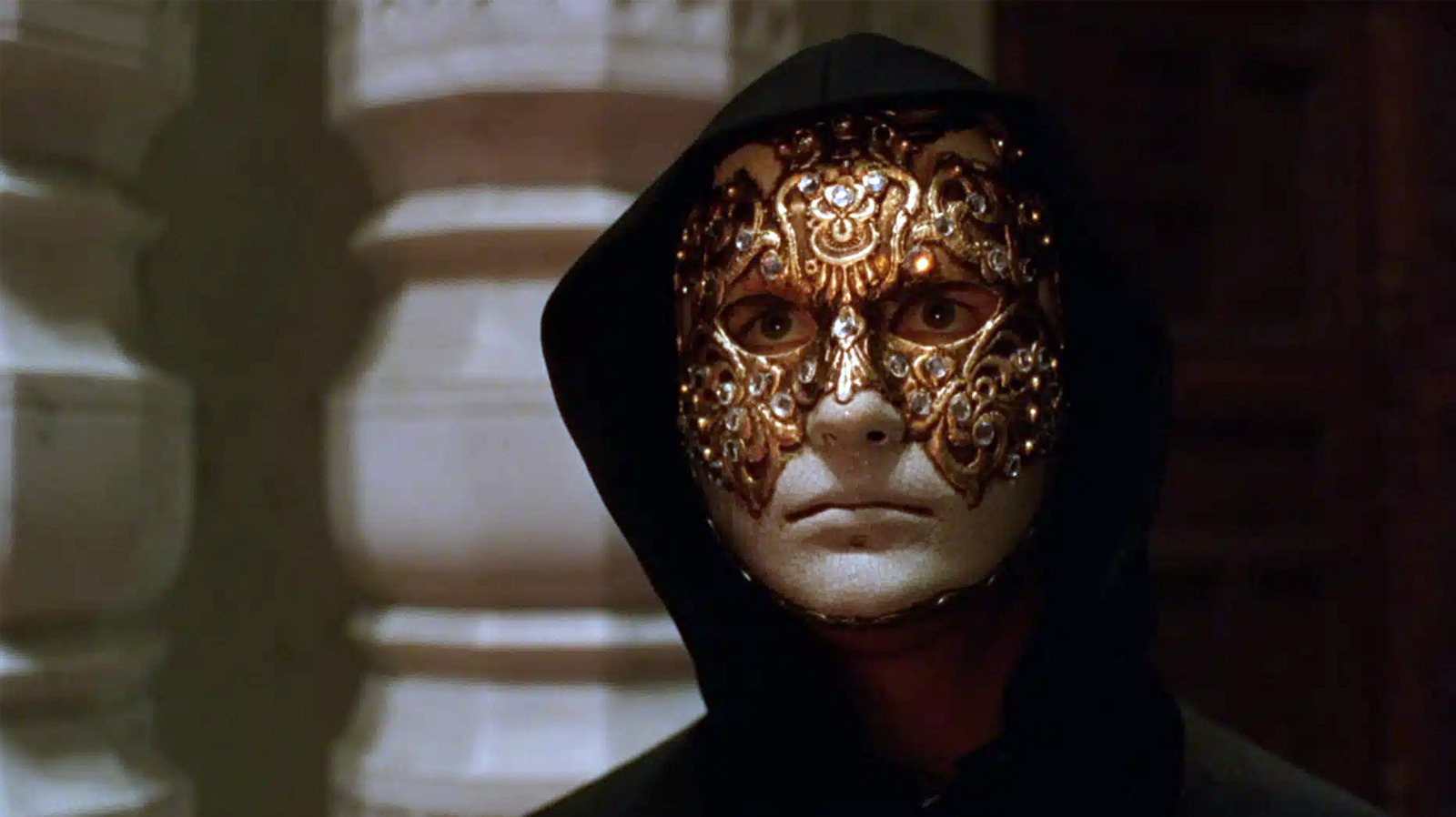In modern filmmaking, AI-powered de-aging technology is transforming how we see actors on screen. Studios now use deep-learning models to digitally recreate younger versions of actors, blending archival footage and new performances. For example, in Gemini Man, Will Smith’s younger self was generated via motion capture and CGI to interact with his older self.This technique isn’t just about flashback visuals — it’s pushing the boundaries of how stories about identity and time are told.
The process behind de-aging is highly technical, involving facial-mapping, infrared capture, and multi-camera setups to get precise data points. In The Irishman, for instance, Industrial Light & Magic developed a custom tool to remove facial markers yet still extract expression data — allowing De Niro and Pacino to play younger men without restricting their performances. The result is a de-aged face convincingly mapped onto the original actor, preserving emotional realism while minimizing the uncanny valley effect.
From an E-E-A-T perspective, this is deeply rooted in expert visual effects work, rigorous research, and ethical considerations. The technology has sparked conversations about resurrecting likenesses, adapting classic stories, and respecting actors’ identities. Studios, VFX houses, and academic researchers are collaboratively shaping this frontier — ensuring de-aging isn’t just flashy, but technically sound, ethically aware, and narratively meaningful.





